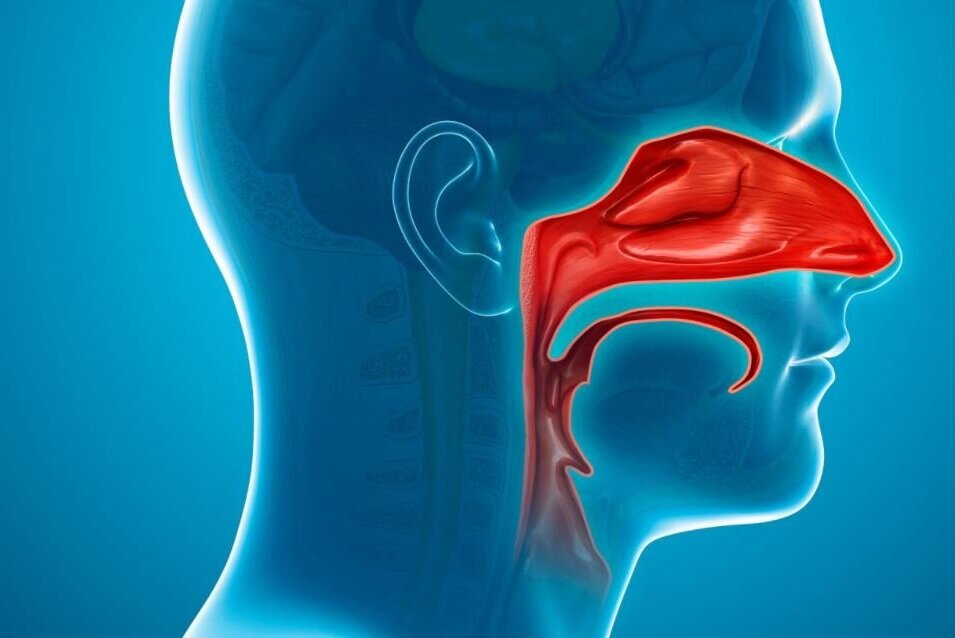
Inferior Turbinate Reduction
Treatment for chronic nasal congestion due to inferior turbinate hypertrophy.

What Causes Nasal Congestion?
Turbinates are bony and mucosal lined structures that project into the nasal cavity from the sinus wall of the nasal cavity. This ledge of tissue acts to humidify and warm the air breathed through the nose before entering the lungs. To achieve this task, the lining of the turbinates are made of open blood vessel channels that can quickly swell to filter the air.
The tissue along the turbinates are sensitive to temperatures, pollens, air irritants, fumes, and even to certain foods you eat. When they swell excessively and for a long period of time, this may cause nasal congestion.
This type of congestion typically responds well to saline and medicated nasal sprays. However, long term use of certain types of nasal sprays such as oxymetazoline and neosynephrine may cause a rebound effect and worsen nasal congestion if used long term.
Inferior Turbinate Reduction
The inferior turbinate is the largest turbinate in the nose (inferior, middle, superior). It also most affects airflow as the majority of the air passes along the lower aspect of the nasal cavity. Reducing the size of the inferior turbinate can thus improve one’s nasal breathing.
Inferior turbinate reduction involves the removal of excess tissue and bone from the inside of the turbinate. The outer lining is preserved as it has an important function in humidifying and filtering the air we breathe. A variety of techniques are used in the operating room, often times in conjunction with other nasal procedures to improve nasal breathing (septoplasty, nasal valve repair).
In the office setting, radiofrequency has been shown to be a quick, safe, and effective method to reduce the turbinates. This procedure involves insertion of a needle like device through the front of the inferior turbinate following local anesthesia. Through a series of ablations, the underlying vascular tissues in the inferior turbinate is reduced and replaced with scar. Following a period of healing which may take 4-6 weeks, nasal breathing is improved.



